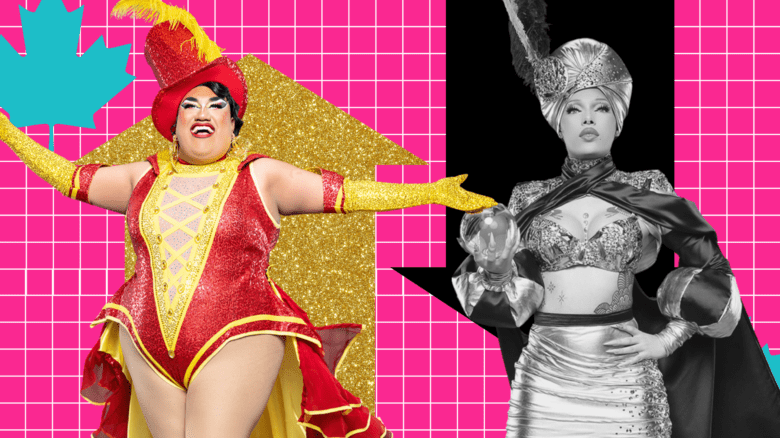Set in 1965 and based on a true story, Burnt Money (Plata Quemada) follows the exploits of “The Twins,” a pair of thieves named Angel and Nene, who look like brothers but are actually lovers trapped in a strange sexual relationship. When a heist goes horribly wrong and Angel is wounded, the twins and their co-conspirator, Cuervo, hole up in Uruguay as they await the arrival of fake passports and their ticket to freedom.
While the men kill time in their claustrophobic hideout, director Marcelo Piñeyro zeroes in on their volatile personalities as confinement takes its toll on their sanity and their relationships. Angel claims to hear voices and refuses Nene’s sexual advances, forcing the confused Nene to search for company in porn theatres and washrooms, before finally turning his back on his injured lover and beginning a catastrophic affair with a local woman.
As the police close in on the trio, the film creeps towards its inevitable bloody climax, ultimately offering redemption, martyrdom and more bullets than a Sam Peckinpah shoot-em-up.
As Angel and Nene, Eduardo Noriega and Leonardo Sbaraglia generate palpable erotic heat, swaggering through the film with a mix of macho confidence and lost-boy loneliness. However, the reason for their devotion to one another remains unclear. With the hottest scenes involving hetero couplings, Burnt Money shies away from the more carnal aspects of The Twins’ relationship in favour of exploring their damaged psyches and jealous impulses.
We do see Angel and Nene exercising an unhealthy degree of self-loathing and internalized homophobia. Director Piñeyro makes some astute observations about the conflicted lives of gay Latino men, particularly those who must survive in the testosterone-fuelled world of organized crime.
And it’s a world in which women are only good for one thing; the female characters depicted are vengeful sluts who exist only to screw up the lives of men. Regressive, to say the least, but in keeping with the grim, hard-bitten tone of the film.
Stylistically too, Burnt Money wallows in the film noir aesthetic, with elegantly composed shots bathed in muted greens and greys punctuated with vivid flashes of red that foreshadow the bloodshed to come.
Despite some flaws (including the heavy-handed use of religious symbolism), Burnt Money engages as a provocative heist flick, and also succeeds as an original, insightful look at love, loyalty and honour amongst thieves.
* Burnt Money, in Spanish with English subtitles,
opens Fri, Nov 30 at the Carlton (20 Carlton St);
call (416) 598-2309.

 Why you can trust Xtra
Why you can trust Xtra


